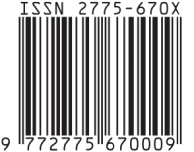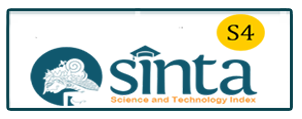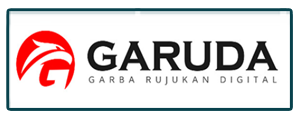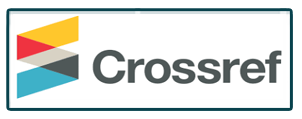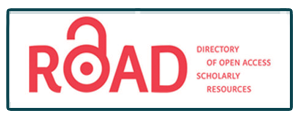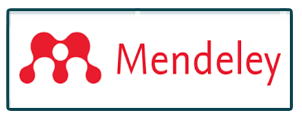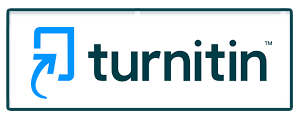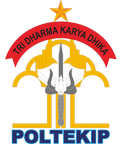DEVELOPMENT OF TERRORIST INSTITUTIONS IN SUPER MAXIMUM SECURITY (SMS) INSTITUTIONS IN PUBLIC PERSPECTIVE
PEMBINAAN NARAPIDANA TERORIS DI LEMBAGA PEMASYARAKATAN SUPER MAXIMUM SECURITY (SMS) DALAM PERSPEKTIF PEMASYARAKATAN
Abstract
The Super Maximum Scurity Penitentiary is a new Technical Implementation Unit in the ranks of prisons, which functions specifically to foster Terrorist prisoners or other high risk prisoners, the difference between this institution compared to other Correctional UPTs is that the security is very tight with one person and one prisoner cell. and the method of guidance provided to prisoners in Super Maximum Scurity (SMS) Lapas is different from other prison guidance. The issues raised in this research
are: How is the implementation of coaching terrorist prisoners in Super Maximum Security Prison based on Regulation of the Minister of Law and Human Rights No. 35 of 2018? And how is the development of terrorist inmates at Super Maximim Security Prison from a prison perspective? The theory used is by using coaching theory and descriptive qualitative research methods by direct interviews with officers of the Super Maximum Security (SMS) prison. Based on the results of the research, it is found that in the development of Terrorist inmates at the Super Maximum Security Prison, because in the implementation of the guidance, the difficulty of the prisoners' movement cannot be directly fostered by the officers having to regulate. Then coaching in terms of the goals of the correctional system can be reviewed because it is different from the goals of different systems, so it requires the best thinking and solutions so that coaching can be carried out in accordance with the objectives of the correctional system, namely prisoners are aware of mistakes, improve themselves and no longer commit acts that violate the law , are accepted by the community and can be active and productive in development and able to live their lives as good and responsible citizens.

This work is licensed under a Creative Commons Attribution-NonCommercial 4.0 International License.


